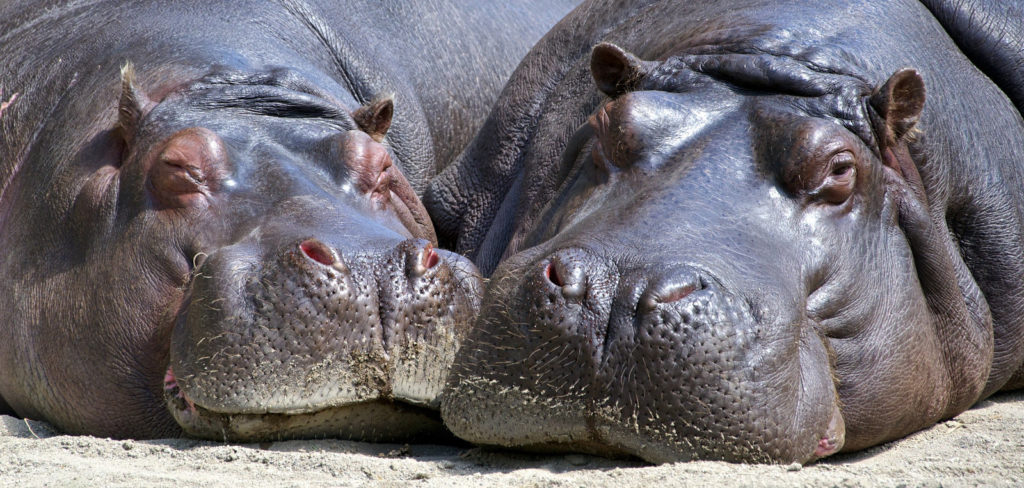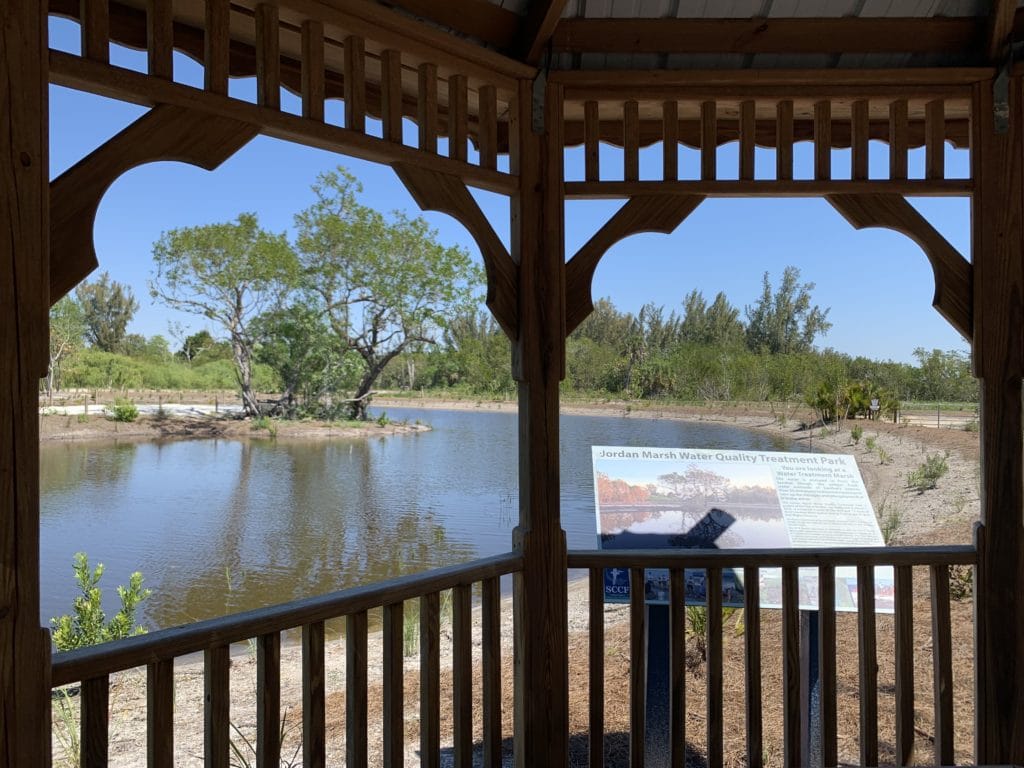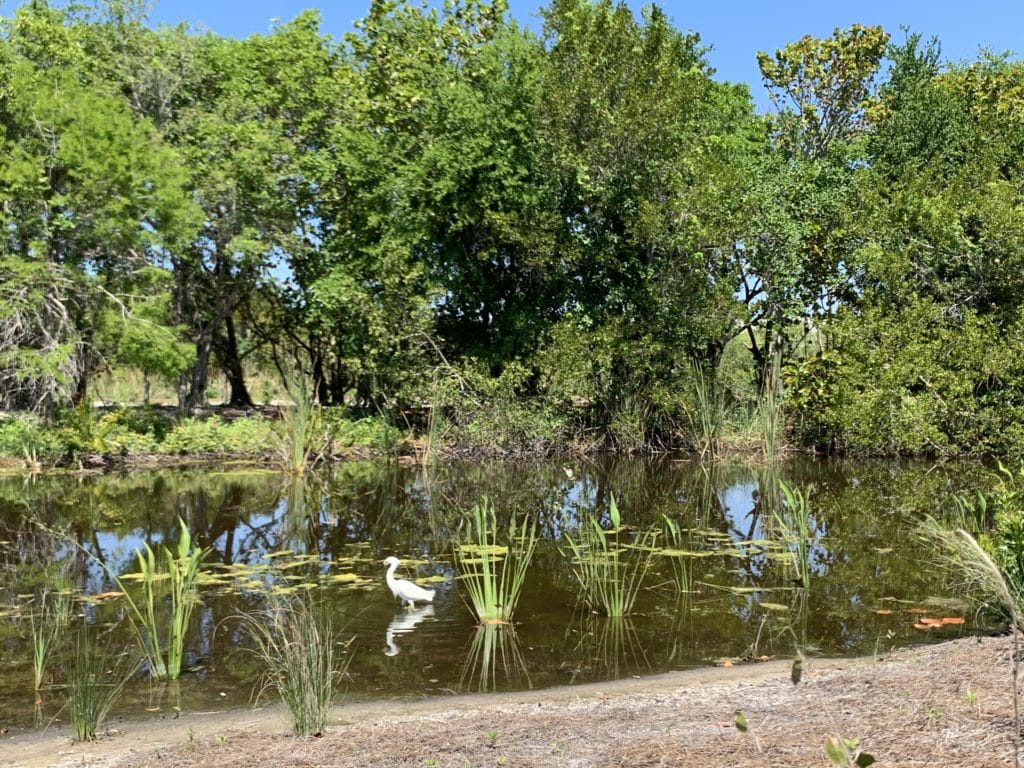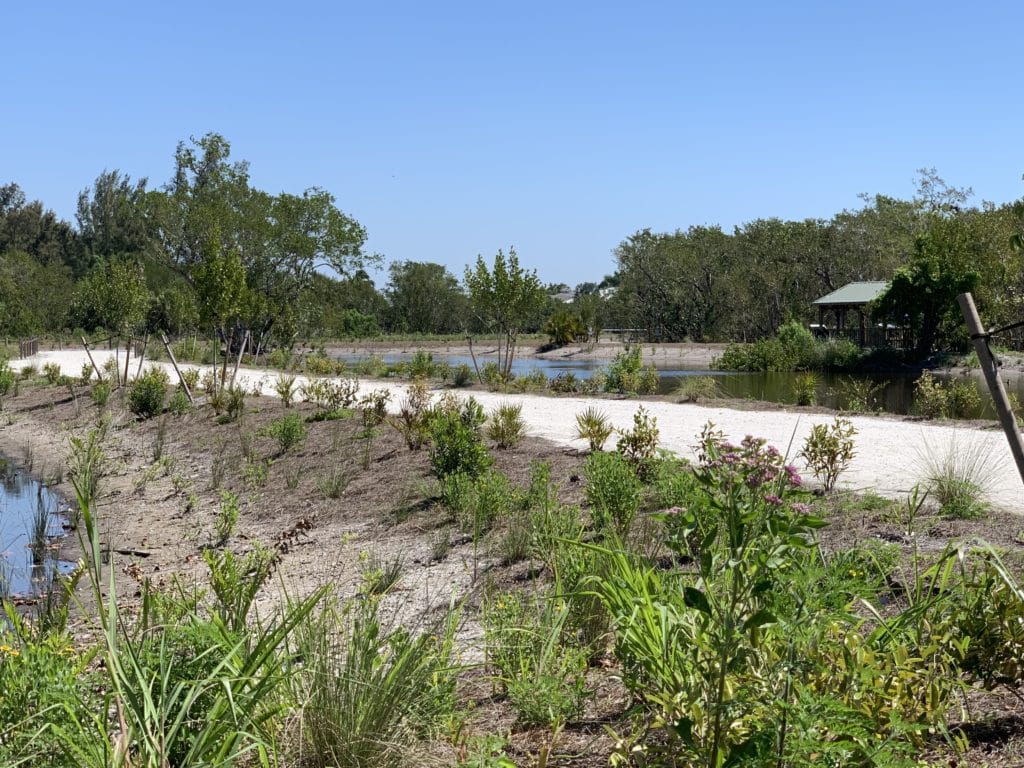One day while driving home from the bus stop, our youngest daughter, Abbie, asked what the word ‘hypocrite’ meant. She was six at the time and actively building her vocabulary. I explained, “A hypocrite is someone that does things they tell others not to do.”

She immediately started rattling off examples: Her older brother telling her not to snack before dinner, who she caught snarfing cookies in the pantry, Dad pulling out of the driveway before clicking on his seatbelt, Mom saying that electronics were bad before bed, but was found texting in bed. She loved that there was a word for this!
Later in the day, she wanted to show off this new vocab and went to accuse a sibling but couldn’t remember the full word. So, she told her sister, “Don’t be a hippo!” This got us all laughing and the phrase stuck in our family.
Jordan Marsh
I am reminded of this as I was reading about the new Jordan Marsh Water Quality Treatment Park off Casa Ybel Road.

If you are unaware, this is an impressive partnership between the City of Sanibel and SCCF. The marsh will collect stormwater runoff and water pumped from the Sanibel Slough. Pollution in this water is removed as it slowly flows through a maze of wetland vegetation. Then the cleaner water returns to the Sanibel Slough.
This project is necessary because the water in our Slough is polluted with nitrogen and phosphorus. Does this sound familiar? These ‘nutrients’ are the same culprits we blame for the red tide and blue-green algae blooms of last Summer.

We were all outraged when water polluted from agriculture in Lake Okeechobee was sent our way to protect Big Sugar. But Big Sugar and cow crap did not pollute Sanibel’s fresh water. We did – the Sanibel community.
Sanibel Water Quality
And the Sanibel Slough is not alone. Most of our 70 bodies of water on Sanibel also suffer from this pollution. Not only does this affect wildlife on our island, but it contributes to the overall water quality of our local Bay and Gulf water.
To see how your neighborhood lake ranks for nutrient pollution levels, check out www.SanibelCleanWater.org.
Our desire for expanses of green grass is a primary cause. The fertilizer we spread on our lawns, exotic plants and golf courses washes out with the heavy rain into our lakes, storm sewers and ocean. The good news is that every Sanibel homeowner can work to improve this problem.
- Use more native ground covers instead of grass.
- Install plantings and porous material around roof downspouts to aid in groundwater absorption.
- Plant a native buffer along the shore of waterfront property.
- Stop over-irrigating your yard. Cut back slowly and see what level of water your yard really needs.

Our family shares in contributing to our island water pollution as almost everyone with a yard does. But we are working to minimize the impact by limiting our grass to the front yard, installing lots of drought-tolerant vegetation, and having native flowers and small shrubs along the lake.
The goal is to minimize the need to apply fertilizer and water, to slow runoff, and increase water absorption. The folks at SCCF’s Native Plant Nursery can give you great advice on what you can do.
Hope Ahead!
If you’ve been following the news, you’ll know that there is hope for big changes in how Lake Okeechobee water is managed. We rightfully demand the entire State of Florida to own responsibility and take action to clean our water. If we don’t do the same in our own community, Abbie will be calling us all ‘hippos’, not just her Mom and Dad.
